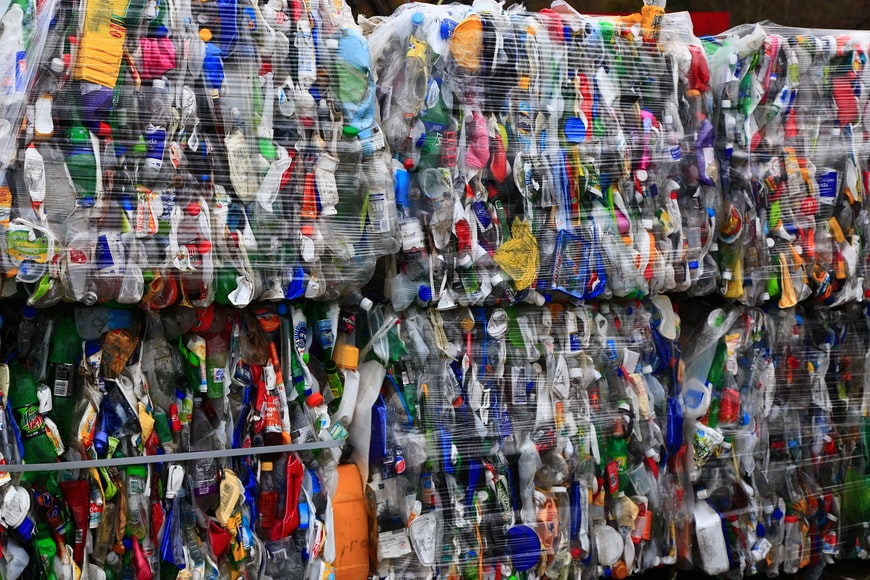What Is The Significance Of Recycling? The Unsavoury Reality About What We Throw Away
There are other advantages to recycling besides minimising waste transported to landfills; these include economic and social gains as well as a cleaner environment.
It’s possible to turn our waste problem in to opportunity even if we life in a consumer-driven society with an ever-increasing desire for novelty and novelty products.
What Is The Purpose Of Recycling, And How Does It Differ From
Recycled products are far from worthless. Whether they’re made of plastic, paper, or aluminium, they’re still valuable. In truth, the majority of materials have a high degree of reusability. 75 percent of waste can indeed be recycled as well as repurposed, which illustrates the power of the process when done correctly. It is possible to recycle nearly everything i see around us, but this requires different recycling procedures for different materials. Batteries, biodegradable garbage, textiles, technology, garments, glass, metals, cardboard, and plastics are just a few of the many commonly recyclable items.
Disposing of unwanted materials and repurposing them into new ones is the process of recycling. To genuinely focus the recycling, it is necessary to alter the way we think about recycling on a psychological and community scale, both of which are significant.

To extend the usefulness and lifespan of it has already completed its initial function, recycling returns everything to its commodities but then uses those resources to generate new, usable products. Reducing, reusing, and recycling are three of the most important sustainability principles, and there are several advantages for both humans and the environment in implementing them. The amount of waste we recycle has an effect on nearly every corner of the globe.
Recycling’s Many Advantages
Some of the world’s natural resources are in short supply, and the world’s natural resources are limited. Fundamentally, reusing paper and wood means fewer new trees and forests are cut down, while reusing plastic, metals, and glass means less mining and fewer new raw resources like sand is needed. It’s true that reality is far more complicated, but the basic process still holds true. Metals, for example, may be recycled over and over again without losing any of their qualities.
Raw materials can be saved through recycling instead of being grown or harvested. As a result, less natural resources are wasted, less trees are cut down, rivers are diverted, wildlife is protected, and less pollution is generated.
Also, it’s better to recycle old items rather than damage a community and land in the look for new raw resources. There has been a rise in the number of people who have been displaced or exploited because of the rising demand for new items.
It takes less energy to make items using repurposed raw materials, and in certain cases the difference is enormous. As an example, repurposing aluminium saves 95% of the energy required to produce new aluminium. It saves roughly 70% of energy for steel. There are occasional exceptions, but it is generally less energy-intensive to produce something again.
Because recycling reduces the amount of energy needed to source and process virgin materials, it contributes to a reduction in greenhouse gas emissions. Waste that could release methane is also kept out of landfills. To put a stop to global warming, we must reduce emissions of carbon dioxide in the atmosphere gases.
Recycling is also cost-effective. The cost of disposing of recycled waste is, on average, six times lower than the cost of disposing of garbage. There are many ways to save money by recycling, such as by reducing the amount of waste that goes to landfills and by recycling more. It’s also a good idea to recycle food waste with green trash, which generates a lot of useful compost.
Recycling can have a positive impact on the economy in a number of different ways. For both the case of manufacturing industries, recycling helps to build jobs. According to a 2016 study, recycling generates 757,000 employment, $36.6 billion it wages, and $6.7 amount of tax income in a given year alone.




